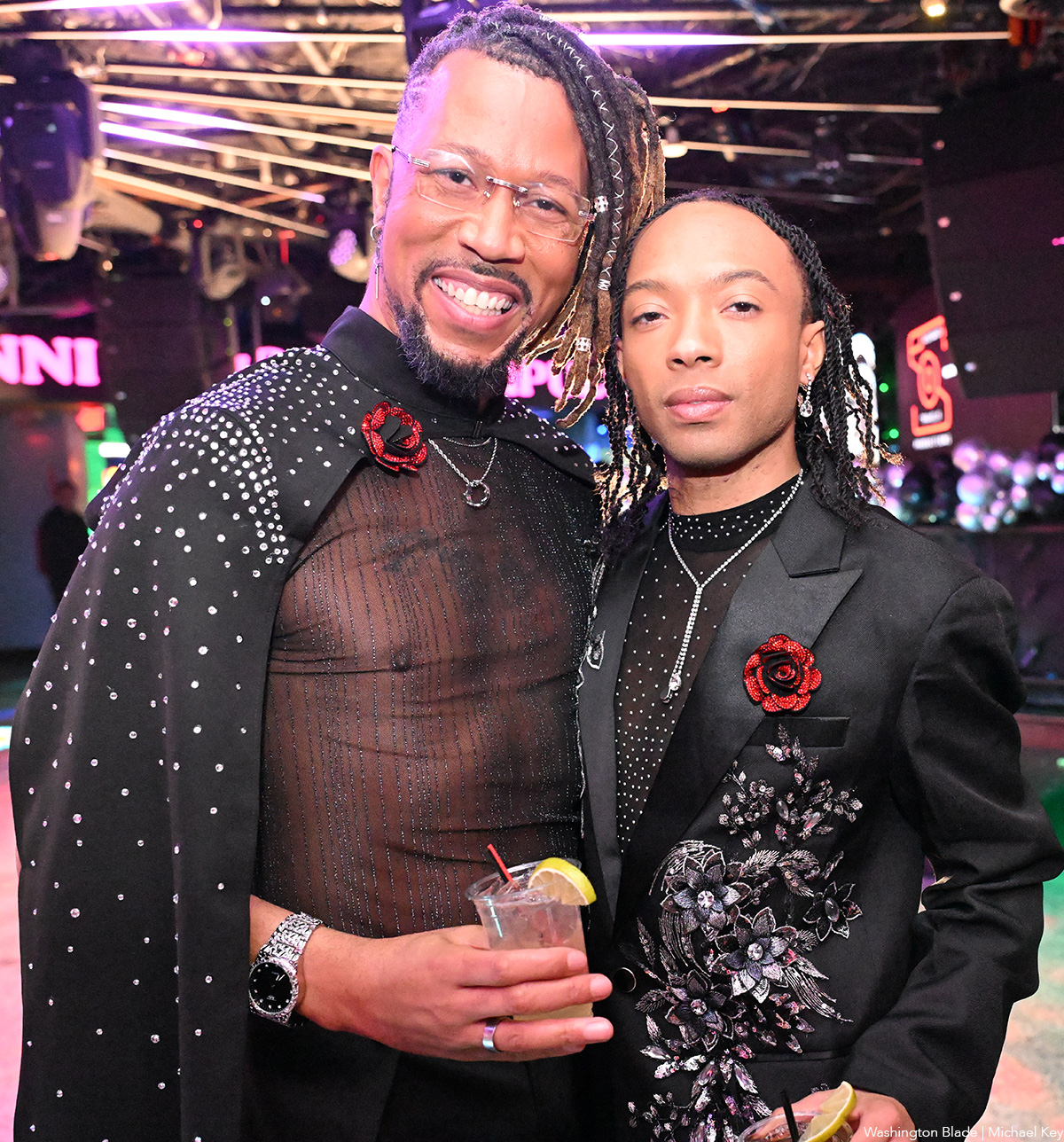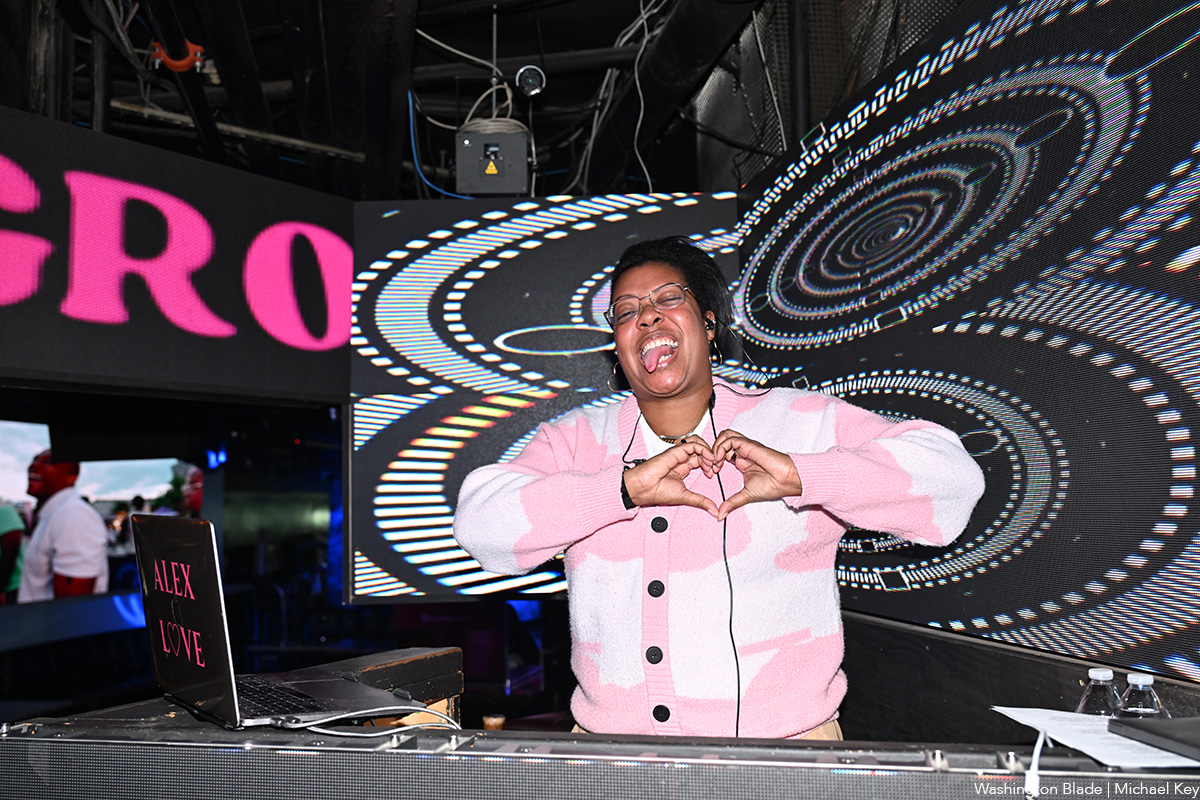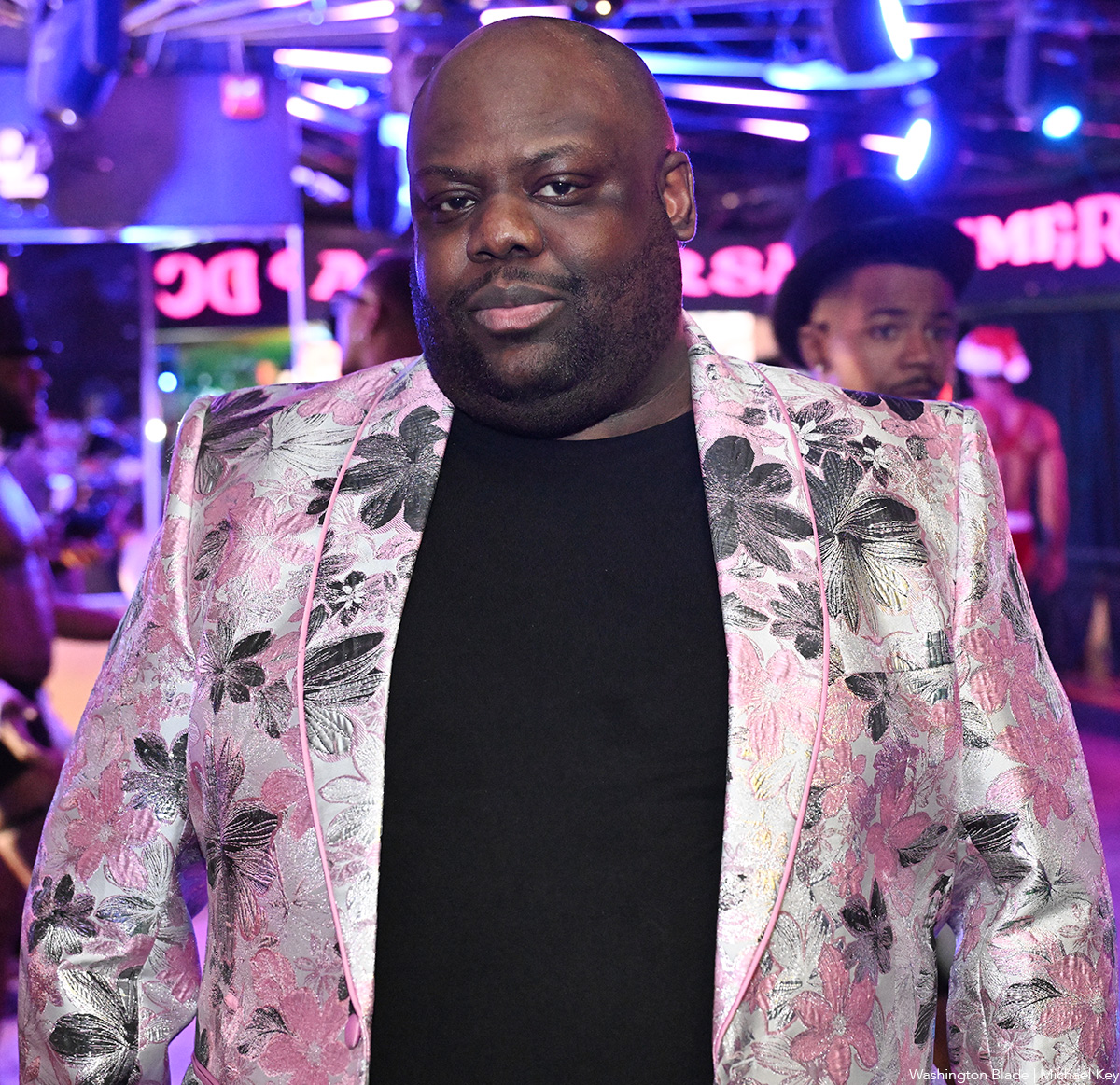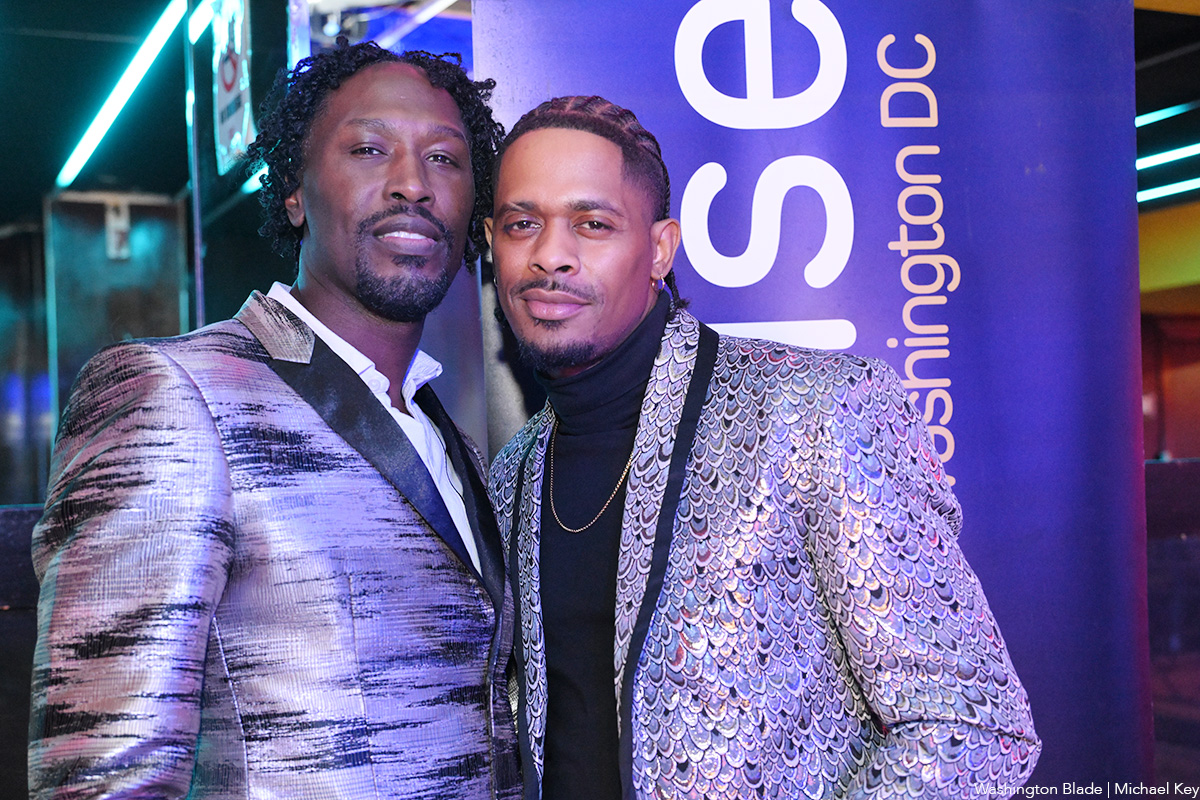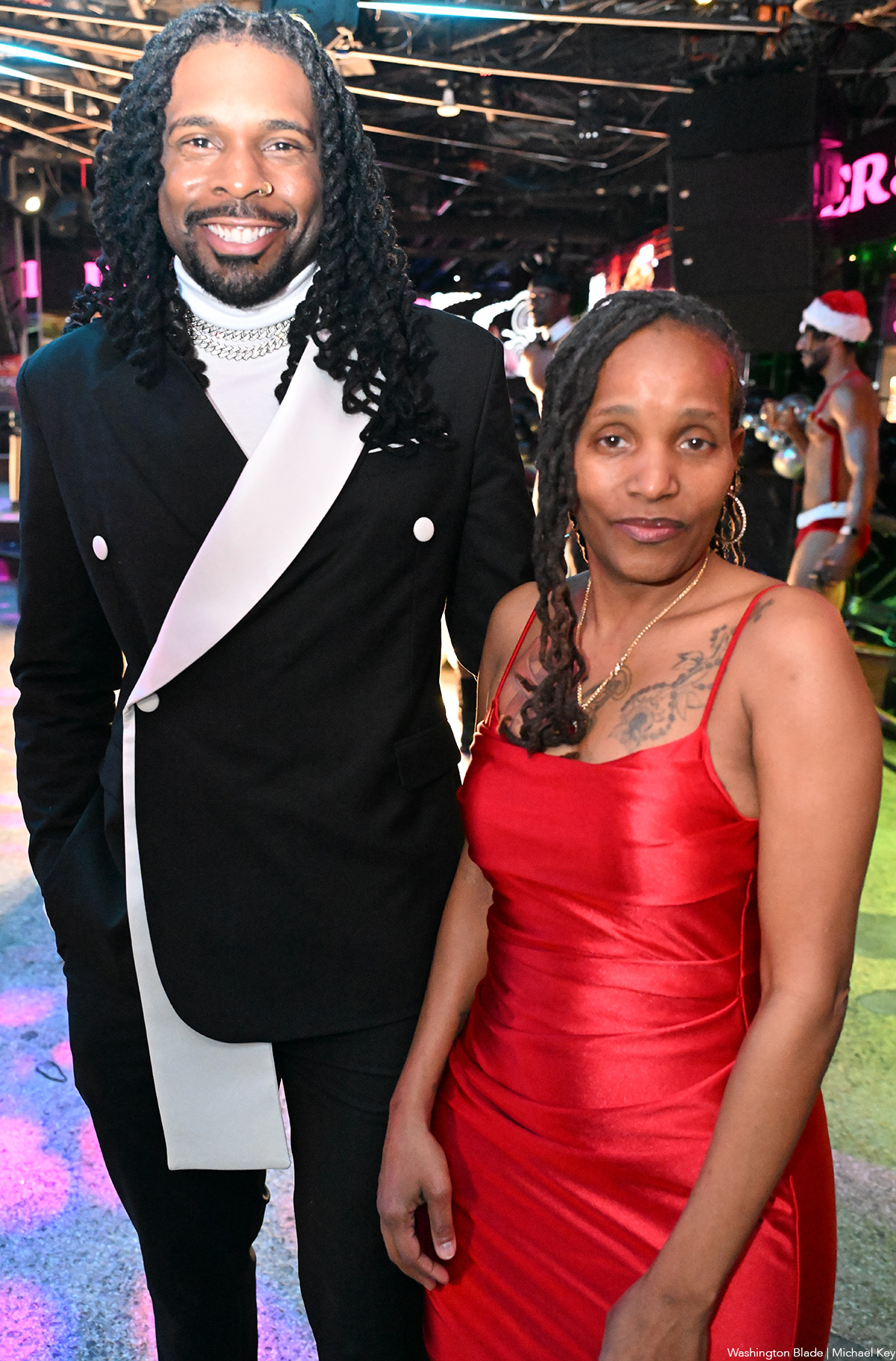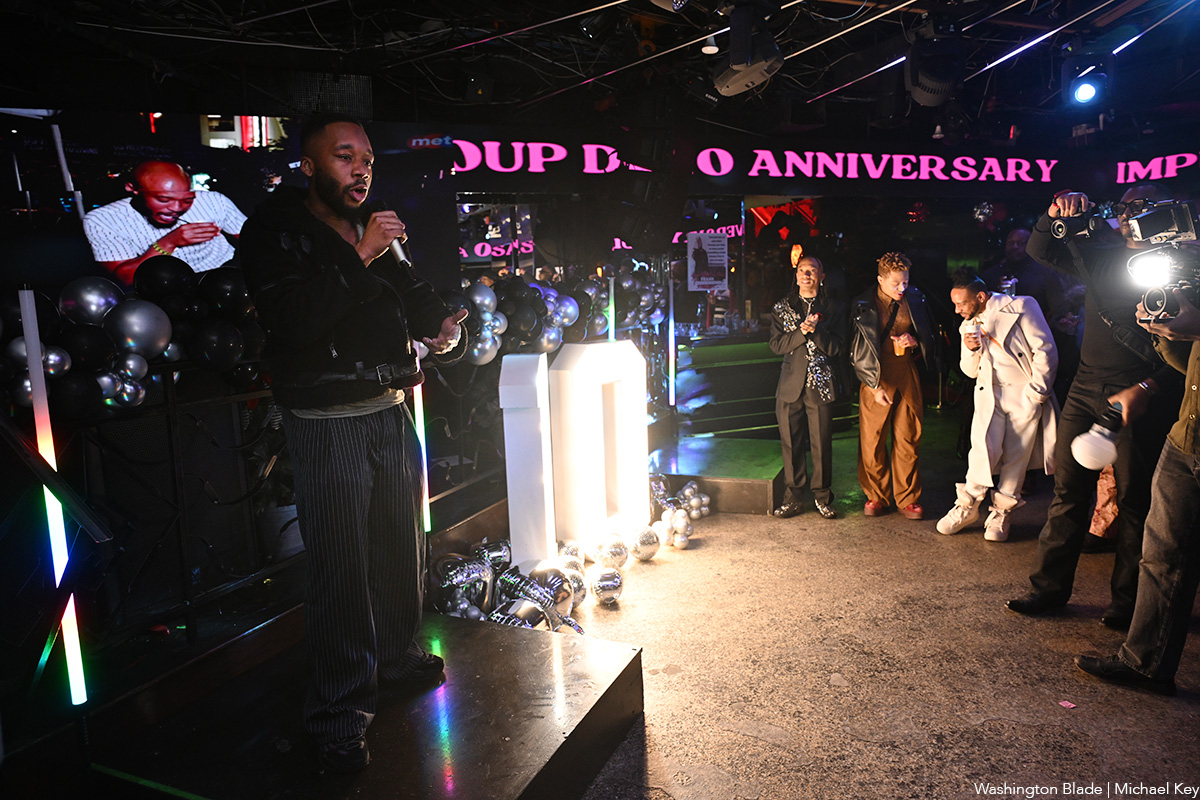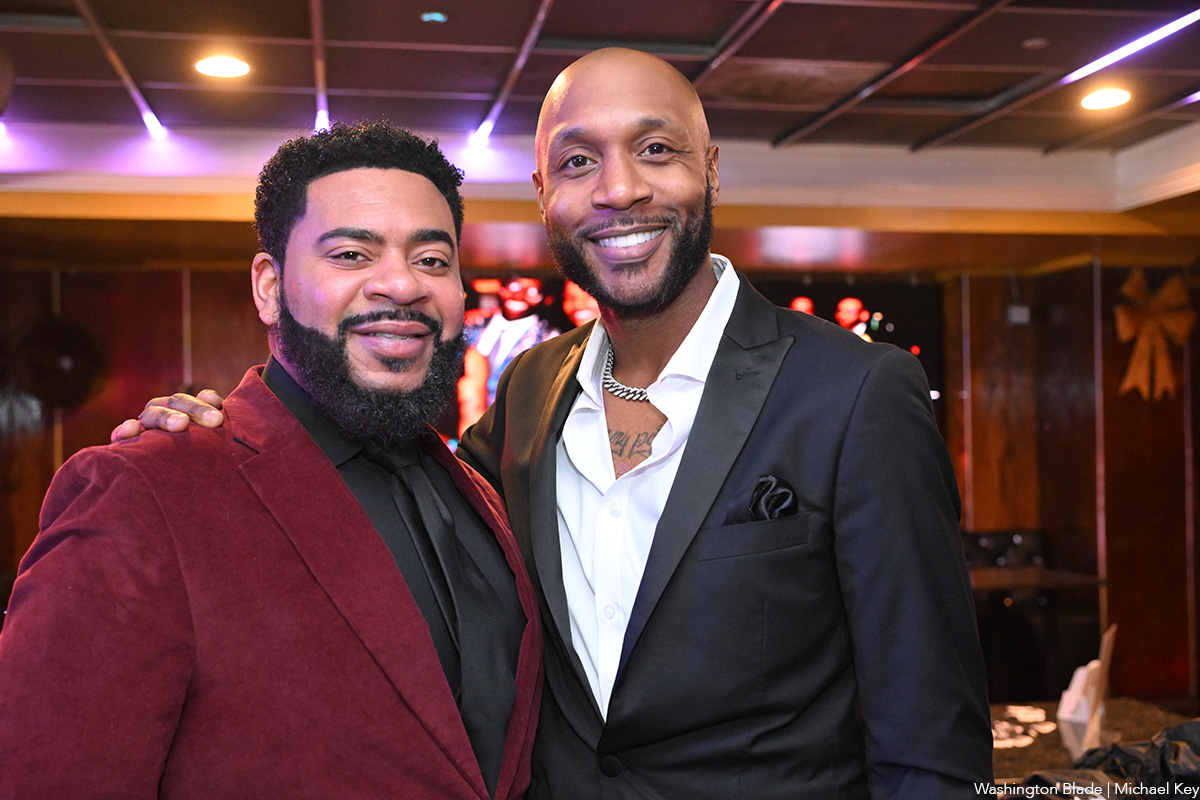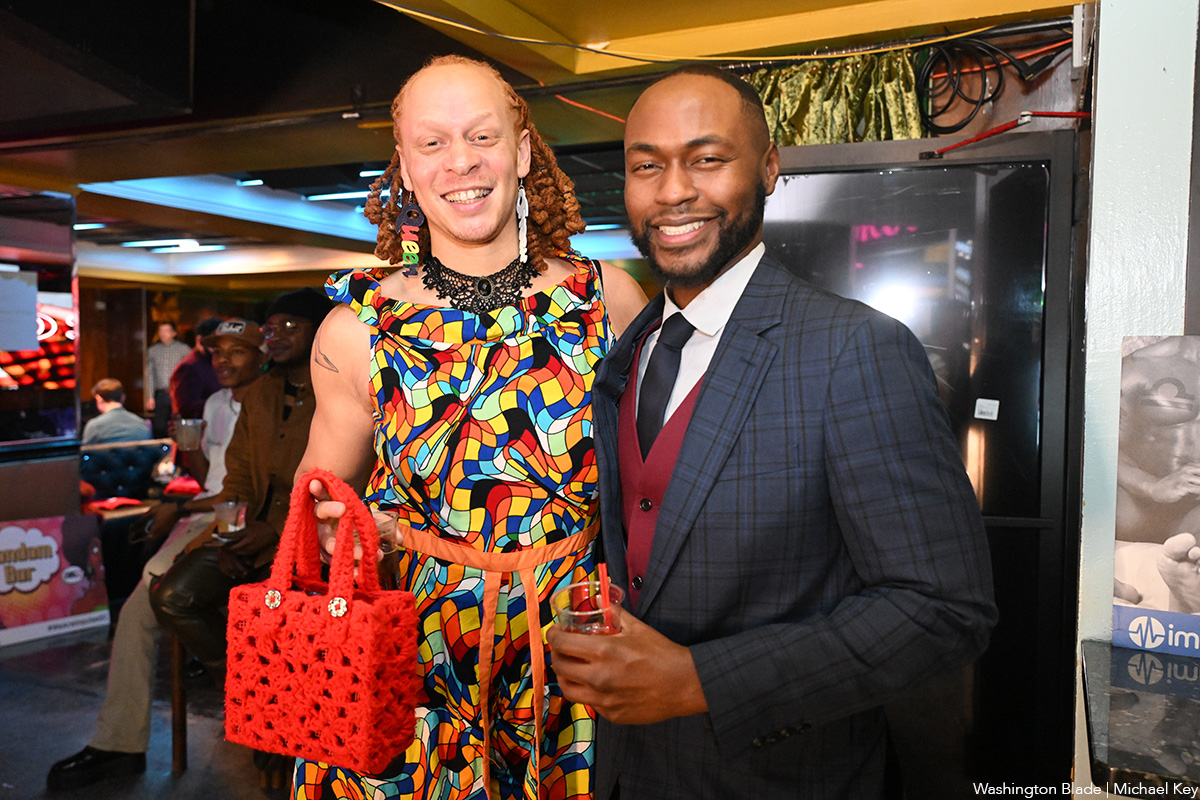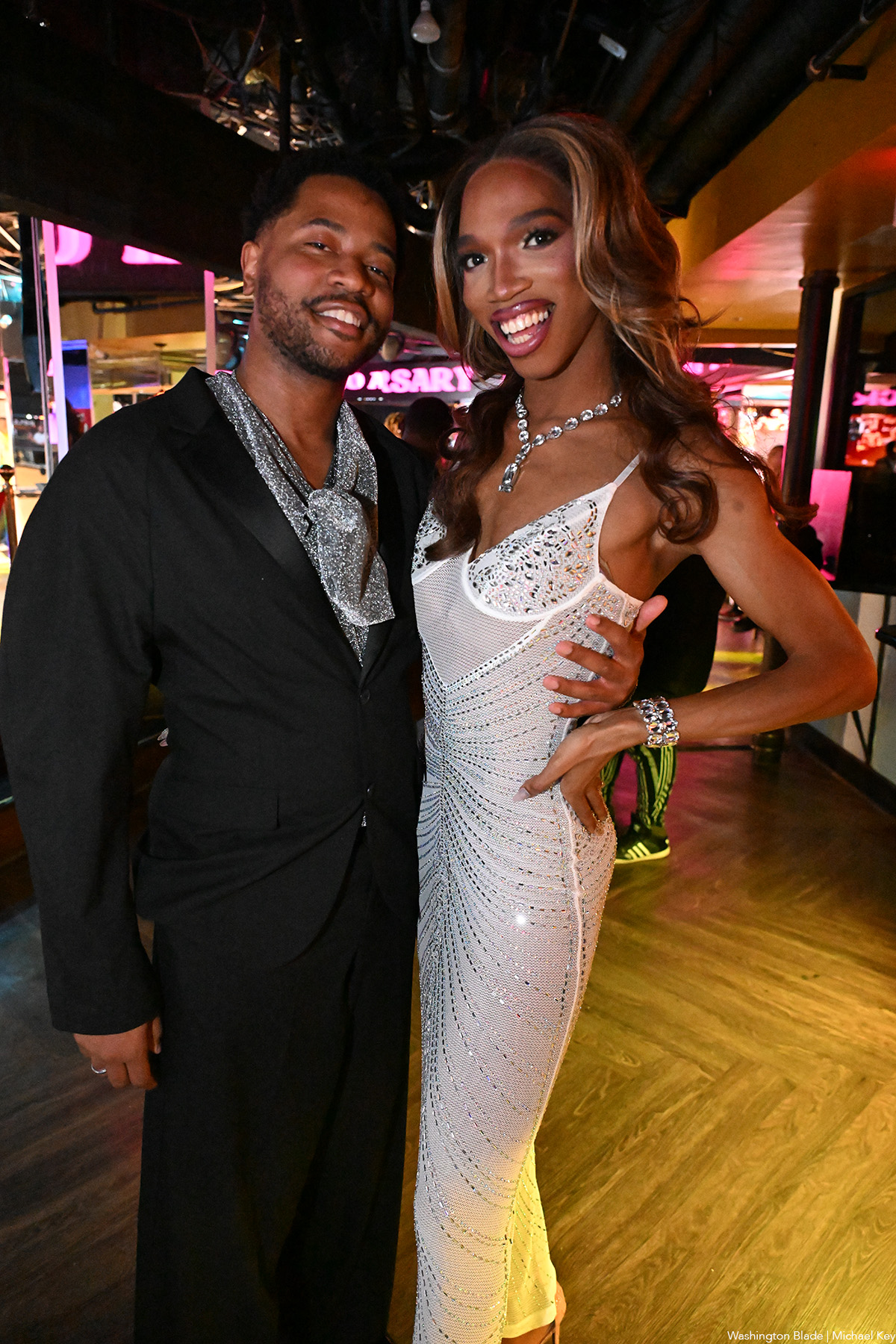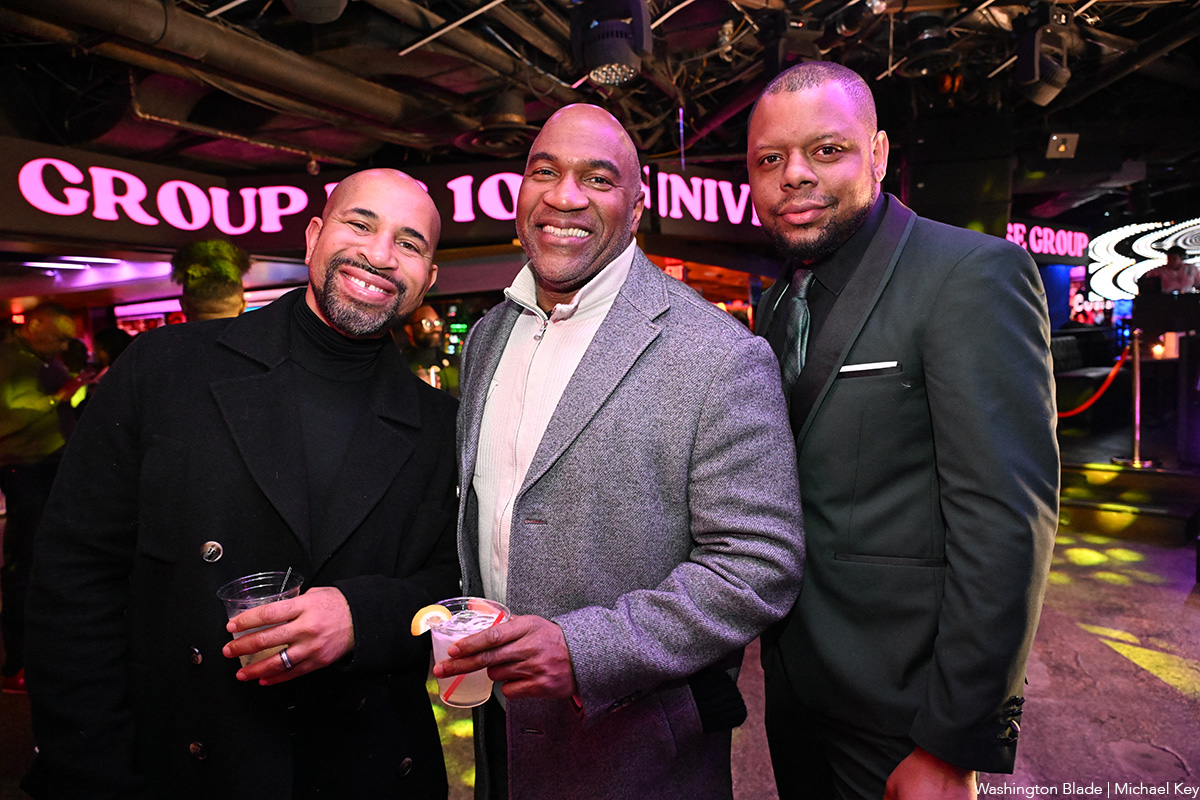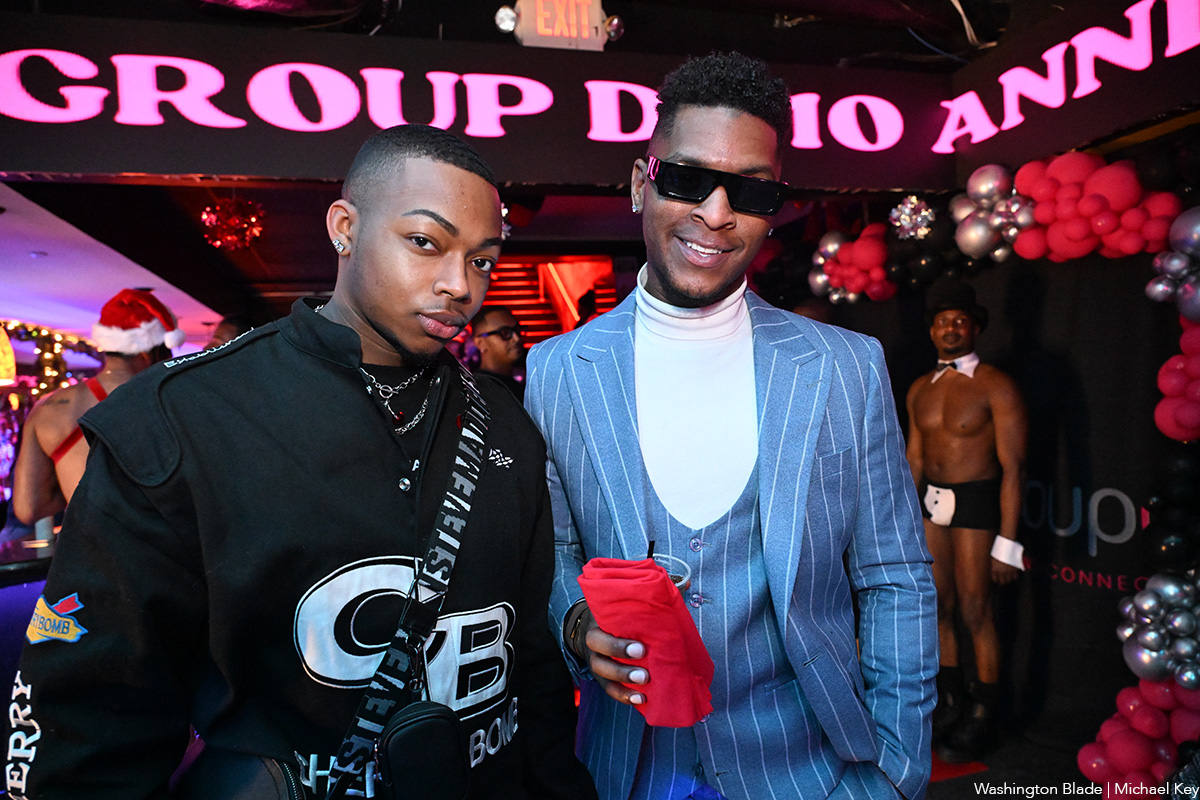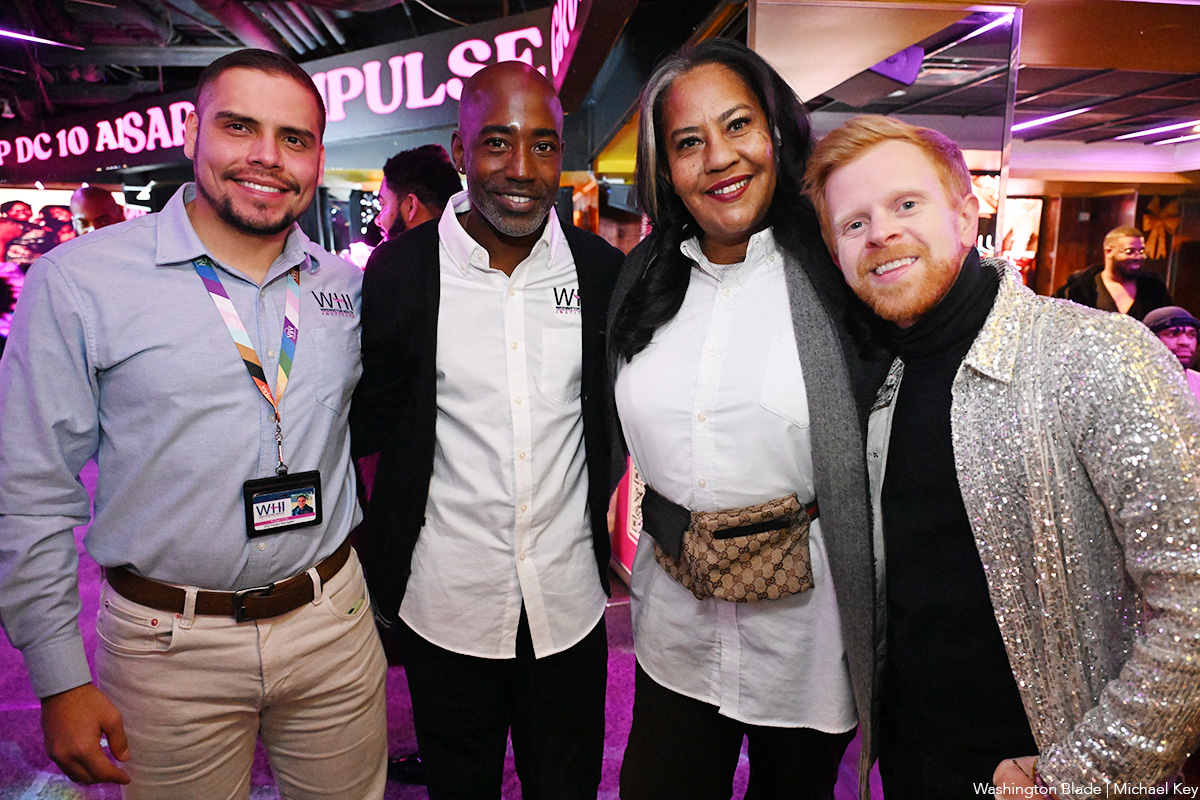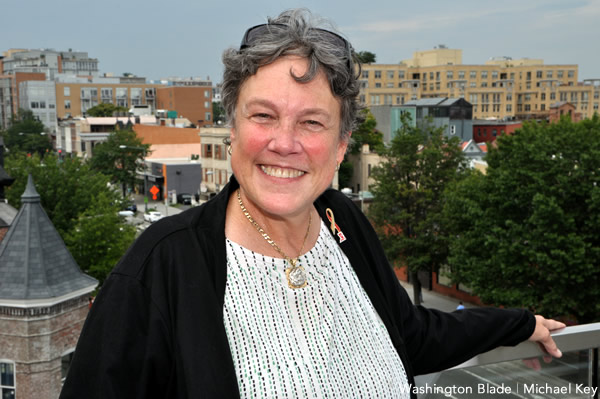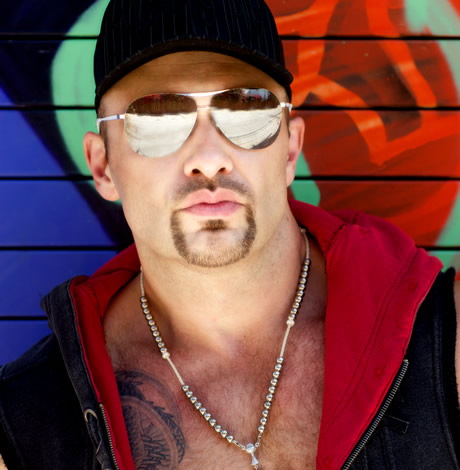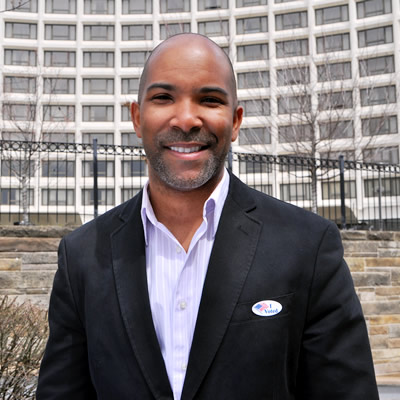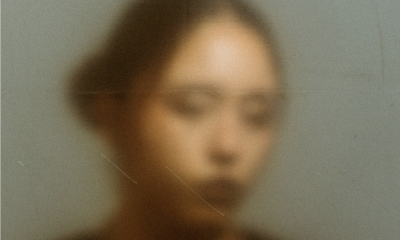Arts & Entertainment
Queery: Dr. Robin Halprin-Hawkins
The local lesbian psychologist answers 20 gay questions
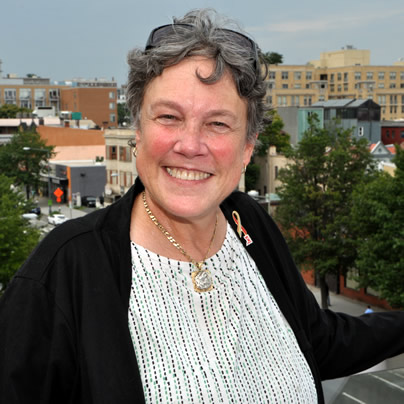
Robin Halprin-Hawkins, a clinical psychologist with the D.C. Department of Mental Health, was in interesting places at key times when it comes to LGBT history.
In 1969 at age 16, she was within a half block of the Stonewall Riots but because she was underage, she didn’t go any closer once she and friends realized police were on the scene. Her years living in New York’s West Village and on Fire Island in the late ‘60s gave her a front row seat to that turbulent time.
And she saw her first patient with “GRID” (an early term for HIV before it was identified) at Crownsville Hospital Center in 1982, an incident that sparked her continual commitment to HIV and AIDS work since then. She was a volunteer therapist with the People Living With HIV/AIDS program at Whitman-Walker Clinic from 1986 to 2008 and she and spouse Pat Hawkins have presented research on HIV/AIDS caregiver burnout at the American Psychological Association Convention. She’s now a volunteer with the D.C. Community AIDS Network.
The 60-year-old New Brunswick, N.J., native, is passionate about her work, LGBT rights and the pets she’s cared for and lost.
Halprin-Hawkins lived in New York for her first two years of college, then transferred to Massachusetts to finish. She earned her master’s and Ph.D. in clinical psychology at American University in D.C. She and Hawkins live in Waldorf, Md., and own getaway spots along the Potomac River in Marshall Hall, Md., and also a cottage in West Virginia.
She’s a voracious reader and enjoys photography, travel, learning foreign languages and her cats in her free time.
How long have you been out and who was the hardest person to tell?
Forty-eight years, since I was 12. No one was hard to tell, but not everyone reacted well. I told my very liberal Democrat father, who worked in communications, produced plays and concerts in the county parks and knew and introduced me to lots of gay people, when I was 16. He put me in therapy to make it go away. It didn’t work.
Who’s your LGBT hero?
Del Martin and Phyllis Lyon. Sappho. All the LGBT people I knew in New York City in the late ‘60s, who were living lives of integrity. Rachel Maddow.
What’s Washington’s best nightspot, past or present?
Annie’s, hands down.
Describe your dream wedding.
We actually had two — in Ontario in 2003, I was fit to bust. I ran around telling everybody we were “just married,” including cab drivers and hotel clerks. When Massachusetts legalized same-sex marriage in 2004, we did it again, to make it legal in the U.S. on the bowsprit of a whale boat in Provincetown Harbor.
What non-LGBT issue are you most passionate about?
Universal health care including complete parity for behavioral health. Feral cat rescue and TNR (trap-neuter-release).
What historical outcome would you change?
Other than the leap of HIV/AIDS from apes to humans, with its tragic physical and emotional consequences for countless millions of people, particularly our gay brothers? The 2000 presidential election that Bush 2 stole from Gore.
What’s been the most memorable pop culture moment of your lifetime?
Women’s music — Willie Tyson, Meg Christian, Chris Williamson and my good friend and former partner Adrienne Torf — which was birthed in D.C. just before I came here for graduate school.
On what do you insist?
I’m from New York — are you kidding? Everything! In terms of everyday, little stuff like being called “Dr.” I also always insist on “sexual orientation” rather than “preference.” To me, it’s like eye color, handedness or race: it’s a characteristic I was born with, not a “lifestyle” I choose or not.
What was your last Facebook post or Tweet?
A vehement argument with my neurosurgeon classmate from Rutgers Preparatory School about the Affordable Care Act. A viral video of a swimming cat. My favorite recent FB post was my happy birthday wishes to Pat, the “bestest of spouses.”
If your life were a book, what would the title be?
“Vincero!” (I will prevail.) I am a breast cancer survivor. As an LGBT individual, I am a member of a discriminated-against minority. I am a person affected by HIV/AIDS. I am a soldier in these fights, and we will win!
If science discovered a way to change sexual orientation, what would you do?
Absolutely nothing. I love my life.
What do you believe in beyond the physical world?
I can’t believe that this is all there is. Eternal love is the only thing that makes any sense.
What’s your advice for LGBT movement leaders?
Fight hard and relentlessly for federal recognition of marriage equality with all the responsibilities and rights, such as survivor Social Security and pension benefits.
What would you walk across hot coals for?
My spouse and my cats. Human rights.
What LGBT stereotype annoys you most?
That someone has to be “the man” in a lesbian relationship. If I wanted a man, I’d have one.
What’s your favorite LGBT movie?
“Desert Hearts” and “Longtime Companion.”
What’s the most overrated social custom?
Dressing up to travel. Anything more than “smart casual” is ridiculous on trains and planes. Comfort is what’s important.
What trophy or prize do you most covet?
I got mine — my spouse, Dr. Pat Hawkins. Though I would also like to be fellowed by the American Psychological Association’s LGBT Division 44.
What do you wish you’d known at 18?
That no matter how hard you try, there may be some things you will never be or have, but if you don’t bust your ass, you have no shot at any of them.
Why Washington?
While in graduate school at The American University, I fell into “forever love” (Pat and I have been together more than 30 years now, married for nine), and she would never leave Washington, because of her fervent commitment to make things happen in health care, especially in HIV/AIDS.
Books
‘Dogs of Venice’ looks at love lost and rediscovered
A solo holiday trip to Italy takes unexpected turn
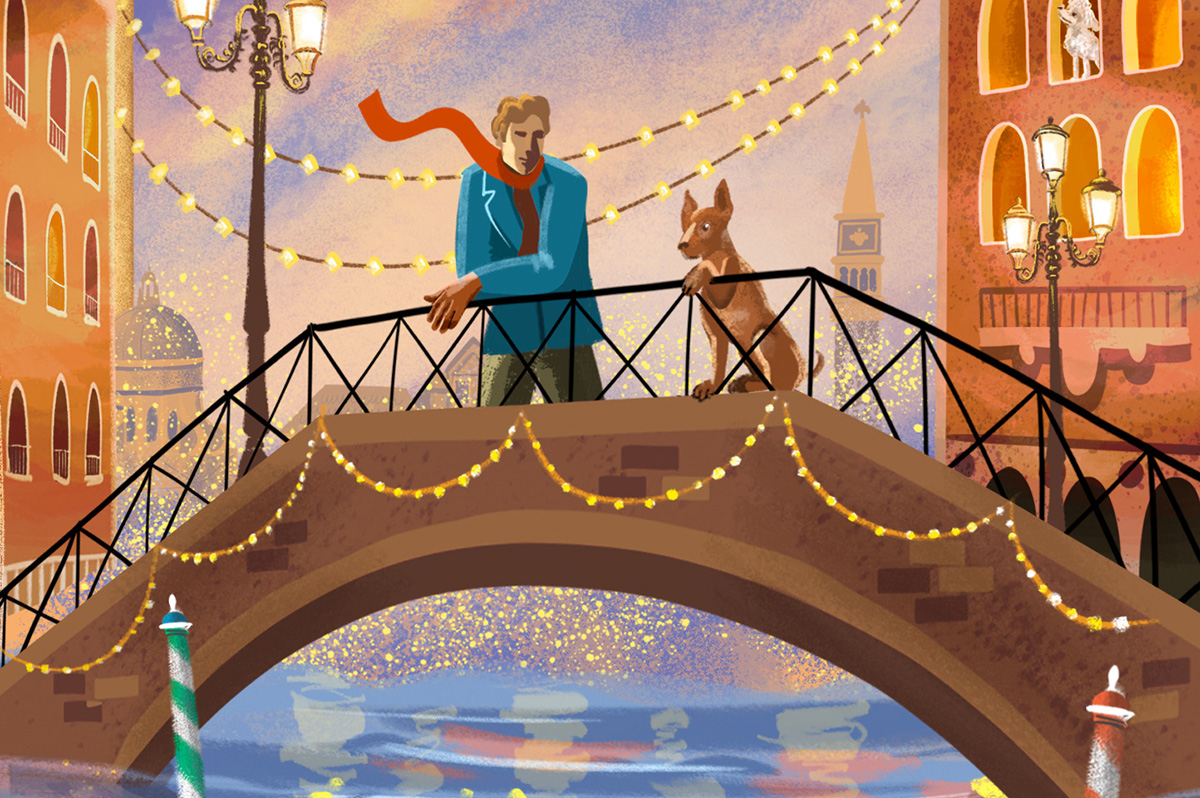
‘The Dogs of Venice’
By Steven Crowley
c.2025, G.P. Putnam & Sons
$20/65 pages
One person.
Two, 12, 20, you can still feel alone in a crowded room if it’s a place you don’t want to be. People say, though, that that’s no way to do the holidays; you’re supposed to Make Merry, even when your heart’s not in it. You’re supposed to feel happy, no matter what – even when, as in “The Dogs of Venice” by Steven Rowley, the Christmas tinsel seems tarnished.

Right up until the plane door closed, Paul held hope that Darren would decide to come on the vacation they’d planned for and saved for, for months.
Alas, Darren was a no-show, which was not really a surprise. Three weeks before the departure, he’d announced that their marriage wasn’t working for him anymore, and that he wanted a divorce. Paul had said he was going on the vacation anyhow. Why waste a perfectly good flight, or an already-booked B&B? He was going to Venice.
Darren just rolled his eyes.
Was that a metaphor for their entire marriage? Darren had always accused Paul of wanting too much. He indicated now that he felt stifled. Still, Darren’s unhappiness hit Paul broadside and so there was Paul, alone in a romantic Italian city, fighting with an espresso machine in a loft owned by someone who looked like a frozen-food spokeswoman.
He couldn’t speak or understand Italian very well. He didn’t know his way around, and he got lost often. But he felt anchored by a dog.
The dog – he liked to call it his dog – was a random stray, like so many others wandering around Venice unleashed, but this dog’s confidence and insouciant manner inspired Paul. If a dog could be like that, well, why couldn’t he?
He knew he wasn’t unlovable but solo holidays stunk and he hated his situation. Maybe the dog had a lesson to teach him: could you live a wonderful life without someone to watch out for, pet, and care for you?
Pick up “The Dogs of Venice,” and you might think to yourself that it won’t take long to read. At under 100 pages, you’d be right – which just gives you time to turn around and read it again. Because you’ll want to.
In the same way that you poke your tongue at a sore tooth, author Steven Rowley makes you want to remember what it’s like to be the victim of a dead romance. You can do it here safely because you simply know that Paul is too nice for it to last too long. No spoilers, though, except to say that this novel is about love – gone, resurrected, misdirected – and it unfolds in exactly the way you hope it will. All in a neat evening’s worth of reading. Perfect.
One thing to note: the Christmas setting is incidental and could just as well be any season, which means that this book is timely, no matter when you want it. So grab “The Dogs of Venice,” enjoy it twice with your book group, with your love, or read it alone.
The Blade may receive commissions from qualifying purchases made via this post.
a&e features
Local, last-minute holiday gift ideas
Celebrate the season while supporting area businesses

The DowntownDC Holiday Market is bustling. Union Station is decked out with its annual Christmas tree. Washingtonians have wrapped their houses and apartment balconies with festive lights and holiday decorations. The holiday season is here. And with stockings to fill and empty space under the tree, Washington’s local shops and artists have plenty to offer.
Show your LGBTQ and D.C. pride with the Washington Blade’s annual holiday gift guide.
To embrace the holiday buzz: The Blanco Nwèl cocktail from Alchy Cocktails. This Caribbean eggnog is one of Alchy Cocktail’s seasonal holiday cocktails. The flavor profile is similar to coquito, a traditional Puerto Rican Christmas drink with a coconut base. As a queer and Caribbean-owned business, Alchy Cocktails has been based out of Washington since 2021. Blanco Nwèl is available in both cocktail ($24) and mocktail ($12) online and at a variety of holiday markets, including the Tingey Plaza Holiday Market, the Flea Market at Eastern Market, Union Station’s Main Hall Holiday Market, and more. ($24)
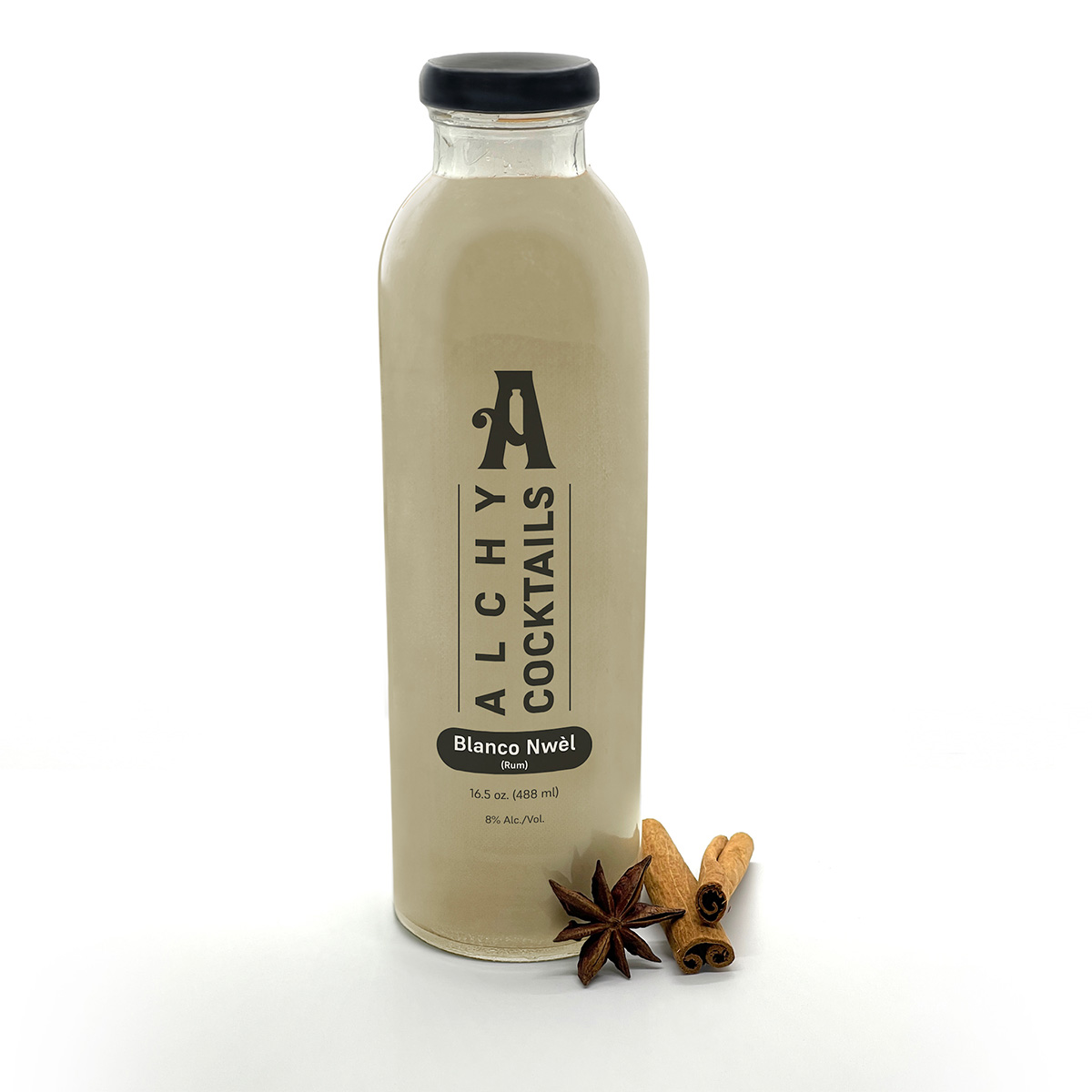
A spicy bite: Gordy’s Cajun Okra from Salt and Sundry. These spicy, tangy pickles pull on Southern Cajun-style flavors, packing a punch with paprika, cayenne, and more. Gordy’s is an LGBTQ-owned and Washington-based brand, making this gift an opportunity to support a local LGBTQ business straight from the jar. This pantry staple is available on Salt & Sundry’s website and at its locations in Union Market, Logan Circle, and its Georgetown holiday pop-up store. ($14)
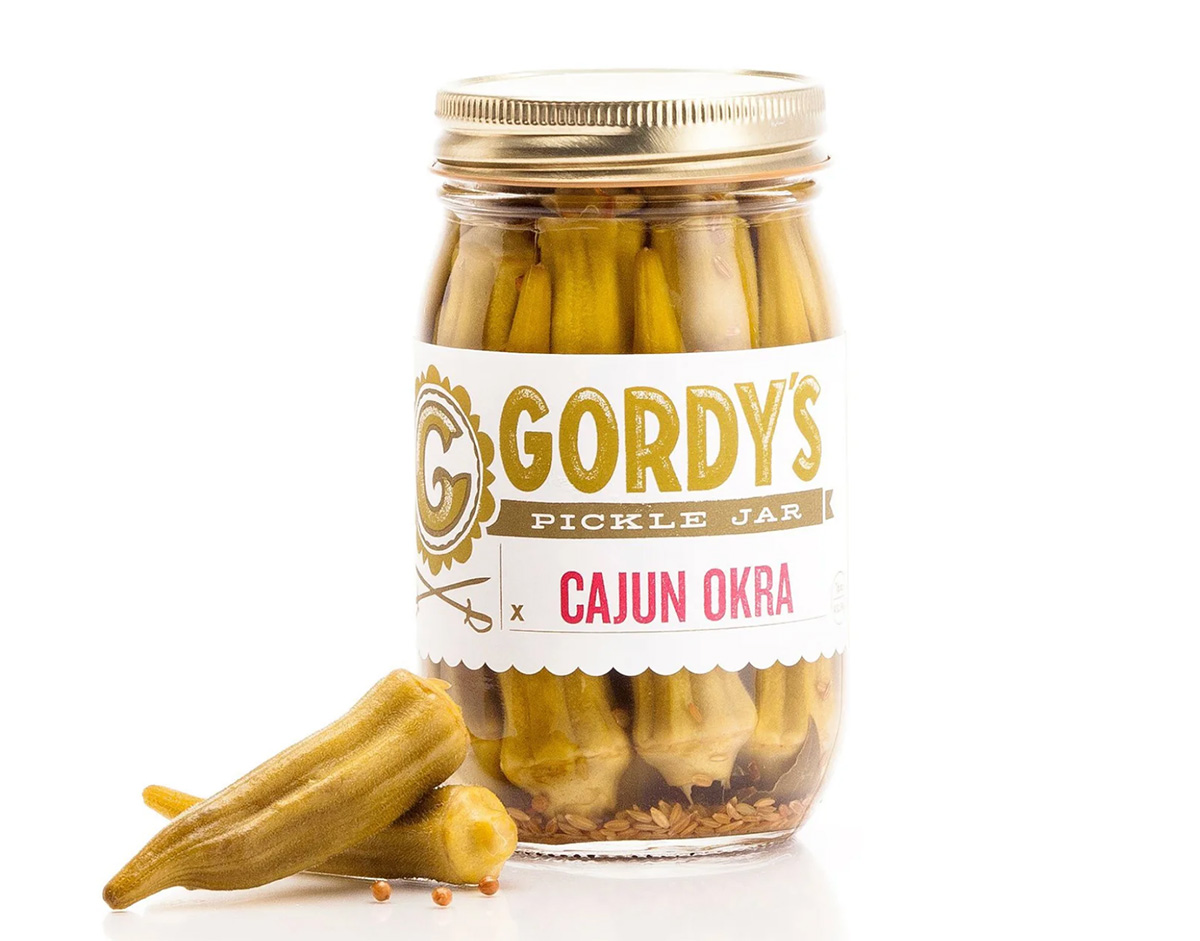

To celebrate Washington pride: The DC Landmark Tote Bag from The Neighborgoods. Native Washingtonians, visitors, friends and family alike will find something to love about this Washington-themed tote bag. Food trucks, the 9:30 Club, the Metro logo and pandas from the National Zoo are just some of the city’s landmarks depicted across the tote in a red, white, and blue color palette. The tote is a part of the DC Landmarks collection, which donates 10 percent of its sales to the American Civil Liberties Union. The Neighborgoods itself is a local, woman-owned business built out of a passion for screen-printing in 2013. The 100 percent cotton canvas tote is for sale online or at the DowntownDC Holiday Market. ($22)
To give friends and family their flowers: The Flowers Bandana from All Very Goods. This 100 percent cotton bandana was designed in Washington and hand printed in India. Its uniqueness comes in being covered with the faces of Black women, representing a “love letter to all women but especially Black women,” according to All Very Goods. The Black woman-owned and operated business, based out of Northwest Washington, has a mission to celebrate diversity and representation through its products. The bandana intends to give Black women their “flowers.” The Flowers bandana is available for purchase online. ($24)
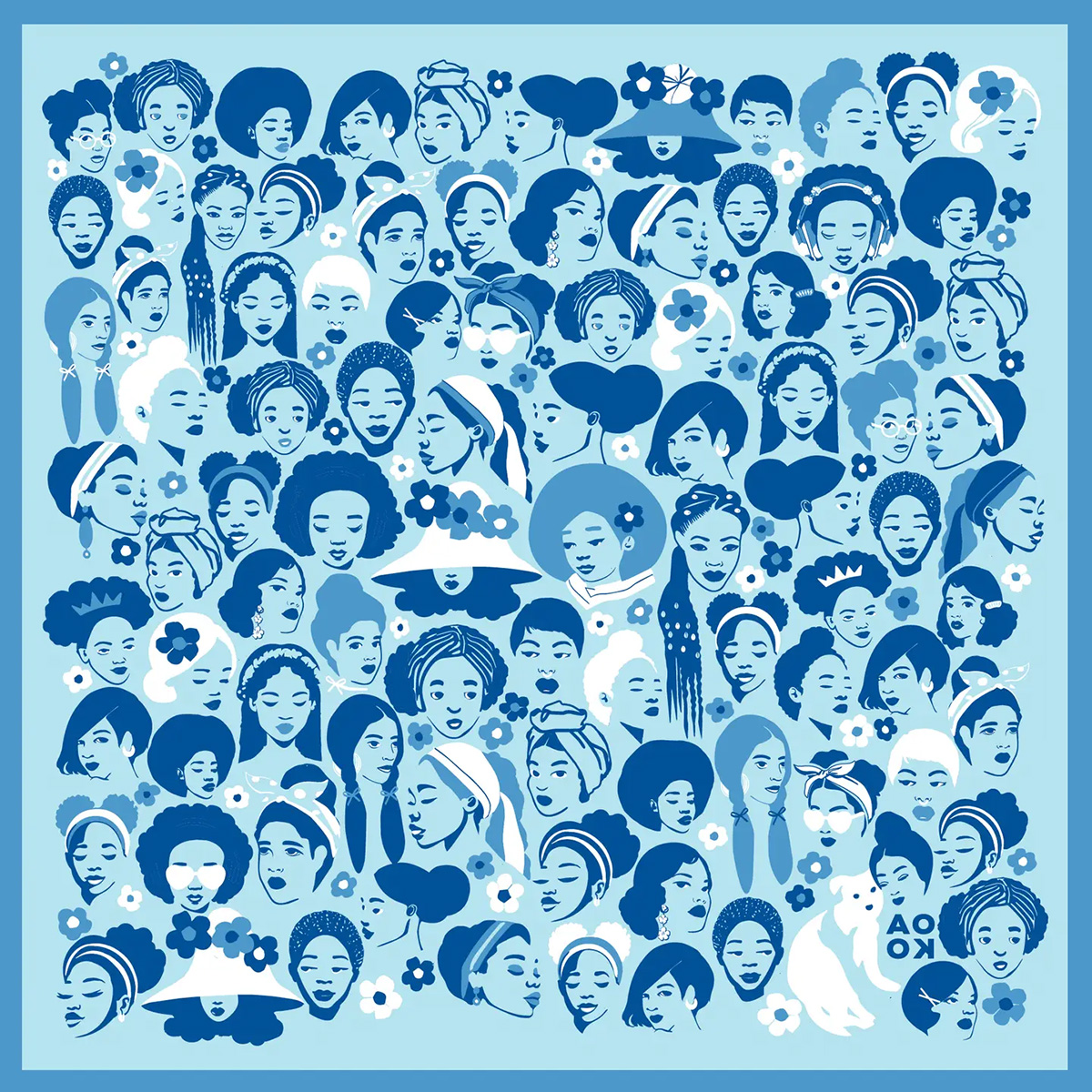
To unlock culinary creativity: The Curious Chef Gift Collection from Each Peach Market. This customizable collection of kitchen oddities — ranging from tinned fish to chili oil — is a quirky gift for the most inventive chefs. The collection is available in a Standard Santa, Extra Goodies and Super Holiday Size for up to $165. The Washington-based market, founded in 2013, permits customers to make the collection special by specifying what unique ingredients are packaged, including products made by local or LGBTQ brands. Each Peach Market offers assembly and pick up in-person at its Mount Pleasant shop and also offers local delivery and nationwide shipping via its website. ($85)

To give a touch of sweetness: The DC Landmark Chocolate Covered Oreo Holiday Cookies from Capital Candy Jar. Wrapped in a festive red bow, this box of nine cookies embraces love for Washington and the holiday season in one. Among the dark and milk chocolate covered cookies are images of the U.S. Capitol, the White House, the Lincoln Memorial, the Jefferson Memorial and festive hollies. The treat, packaged in a Hill East facility just a few blocks from the Capitol, is available for purchase online and at the DowntownDC Holiday Market. ($23.95)

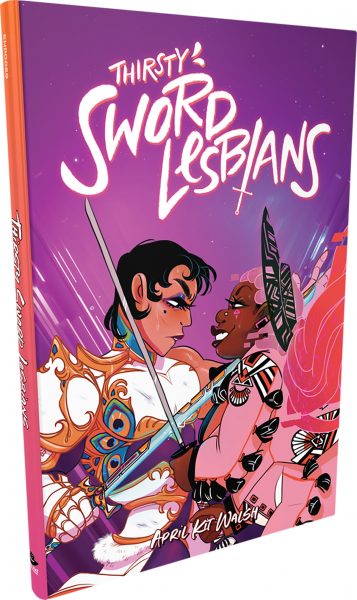
To celebrate queer gaming: Thirsty Sword Lesbians from Labyrinth Games & Puzzles. This roleplaying game embraces lesbian culture by unlocking a world of swords, romance, and battle. Ideal for group settings, the book presents a system of world building and character identities that are best brought to life by creative minds. Labyrinth, which has been a local Washington business for more than 15 years, celebrates non-digital fun through games and puzzles that connect the community. This gift is offered online and at Labyrinth’s Capitol Hill location. ($29.99)
To make a bold statement: The “Resist” T-shirt from Propper Topper. This locally screen-printed black tee features the Washington flag designed within a raised fist, symbolizing both Washington pride, and political resistance. The shirt is made exclusively by Propper Topper, a local Washington business that evolved from a hat shop to a gift store since opening in 1990. The tri-blend unisex shirt is available both for pickup at Propper Topper’s Cathedral Heights location and shipping via the online site. ($32)
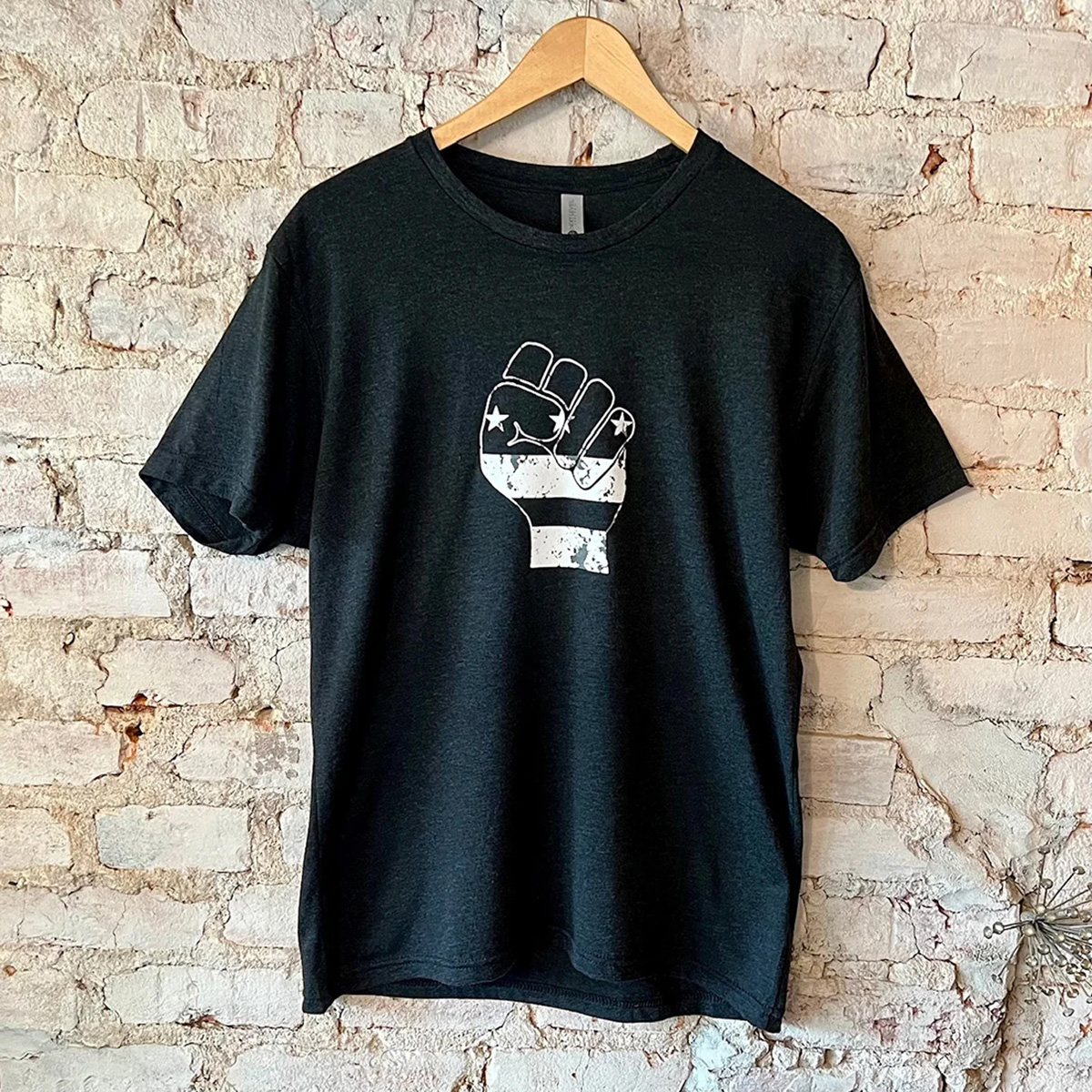
To keep it c(g)lassy: The Glass Ball earrings from Blue Moon Aquarius. Gifting can rarely go wrong when it comes to a new pair of earrings. The unique statement earrings — made of polymer clay, glass, and 18k gold plating over surgical steel — are hand cut, sanded and assembled in Washington, meaning each set is unique. Blue Moon Aquarius, a local brand, is known for its small batch jewelry and home decor designed with clay materials. Available in oxblood, hunter green, lavender, and bluestone color palettes, these earrings are available for purchase on Blue Moon Aquarius’ website and at the DowntownDC Holiday Market. ($48)
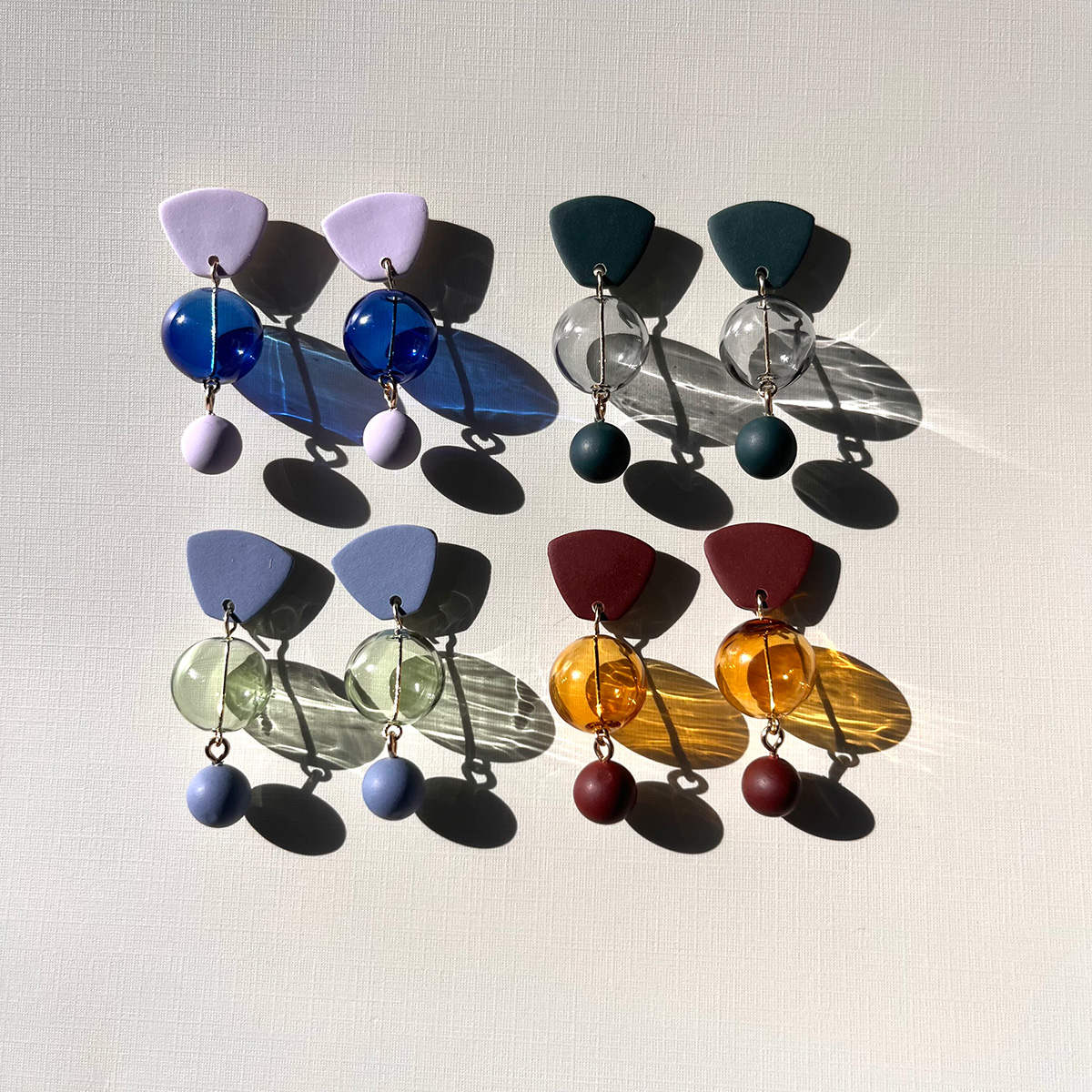
To elevate a holiday tea or charcuterie party: The Honey Flight: Tea Lover’s Selection from BannerBee. This local honey company presents the ideal gift to make cozying up with a cup of tea slightly more special. The Honey Flight contains three types of raw wildflower honey infused with fair trade Ugandan vanilla bean, chai spices, and locally sourced lemon thyme herb. The gift is also an opportunity to uplift a family company based in the Mid-Atlantic that offers all-natural, sustainable products. The flight is available online, at the DowntownDC Holiday Market or at the Arlington Courthouse and Dupont Farmers’ Markets. ($36)

For Baltimore shoppers: If you’re in Charm City, don’t miss Balston Mercantile, opened by a gay couple in June. Their gorgeous shop in the Hampden neighborhood offers an array of unique, upscale finds, from barware and artwork to cookbooks and home decor and more. (849 W. 36th St.)
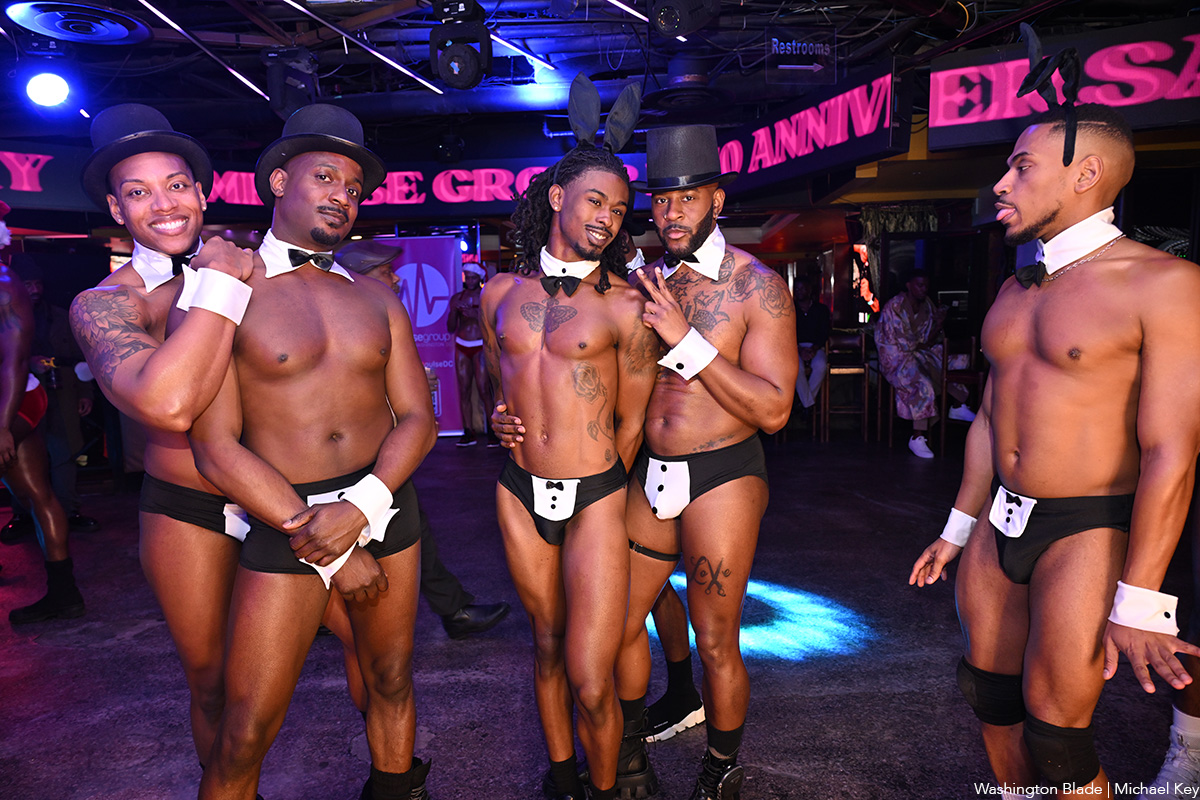
Impulse Group DC held “10’s Across the Board: A Celebration of 10 Years” at Bravo Bravo (1001 Connecticut Ave., N.W.) on Sunday, Dec. 14. Impulse Group DC is a volunteer-led 501(c)(3) and affinity group of AIDS Healthcare Foundation dedicated “to engaging, supporting, and connecting gay men” through culturally relevant health and advocacy work.
(Washington Blade photos by Michael Key)

